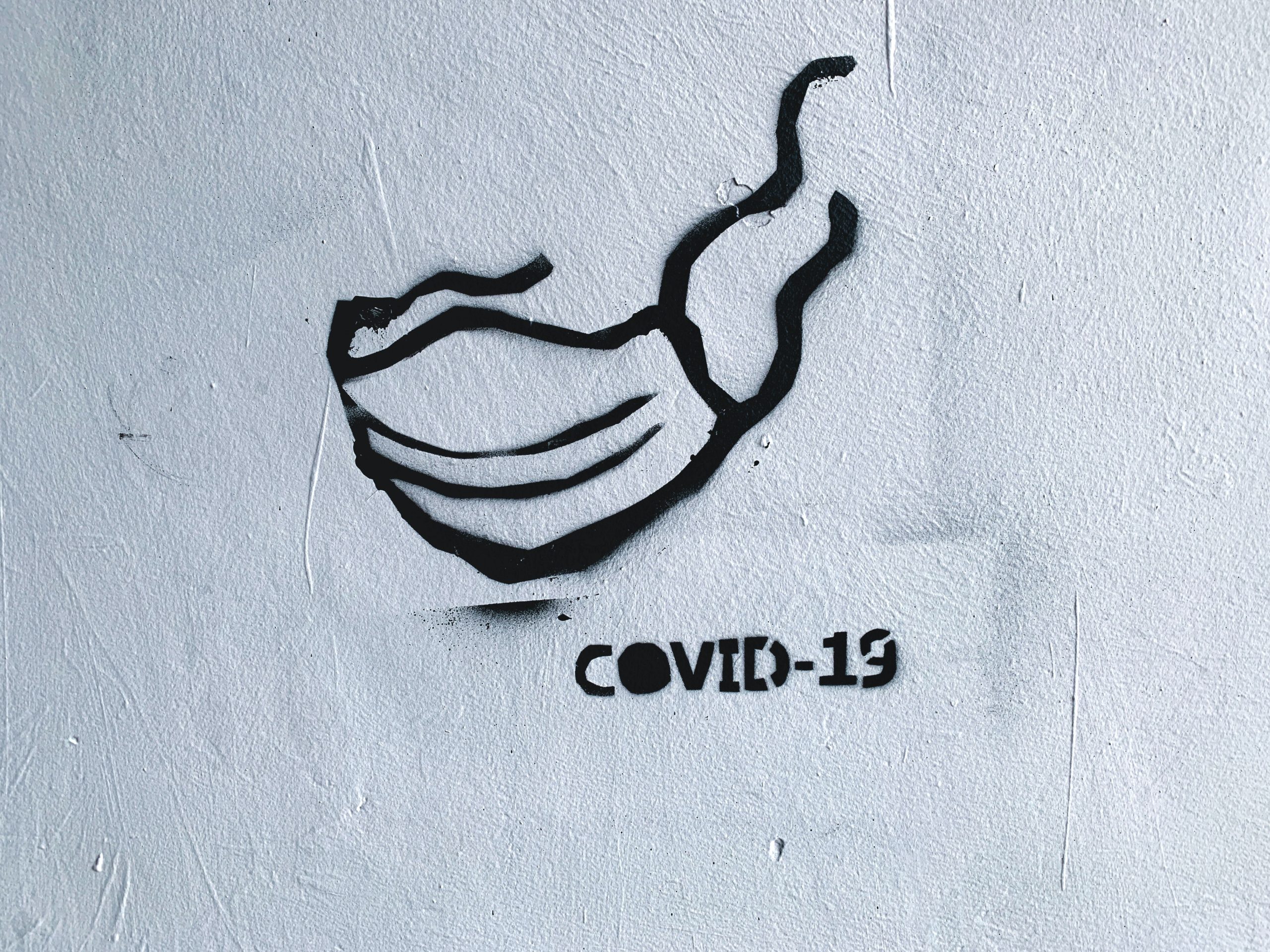
Returning to the Workplace: Focusing on Employee Safety
In HRchat #231, we consider the logistical challenges of returning to the workplace in safe ways, how employees can stay engaged, and methods employers can use to support employee mental wellbeing. My guest this time is Dr. David Batman, a member of the Virgin Pulse Science Advisory Board and a Consultant Occupational Health Physician who has served 50 years in the field of medicine.
Listen and learn about the health and safety challenges facing businesses trying to build out successful return to workplace practices. Dr. Batman also talks about Virgin Pulse’s new Return-to-Workplace solution, VP Passport, created to help organizations effectively respond to the challenges of COVID-19 and whatever comes next.
What you’ll learn in HRchat episode 231:
- What have been some of the biggest pressures placed on leaders and HR in terms of ensuring offices and other workplaces are compliant with Covid-related health and safety requirements?
- How can organizations assess the risk of exposure to COVID-19 in their workplace?
- How can HR and leaders plan for preventive measures?
- Should employees be contract tracing when they go to the office?
- How has mental health been impacted by the crisis and how the way we approach employee health and mental wellbeing has changed in 2020.
Selected quotes from Dr. Batman:
Q: How can organizations assess the risk of exposure to COVID-19 in their workplace? How too, can they plan for preventive measures?
A: “Start by identifying what activity or situations might cause the transmission of the virus. Then think about who could be at risk, decide how likely that somebody could be exposed to or transmitted and then act … there isn’t a playbook … and the first thing I’d say is go back to your country or your state, and look at your industry in your sector. Look at what specific advice may be coming out for them and work from that.
Then I think … we’ve got to take leadership on this … and the leadership on this issue needs to come from the very top. Put a strategy together. No one single person should do it, but a group of people (including) business leaders, HR people, Health and Safety professionals and doctors with knowledge of occupational health and safety, general medicine and infectious diseases.”
Q: How should organizations assess which employees should return, and when?
A: “I think the first thing to do is, you know, you will have a list of employees who may be at risk, and they are going to be advised by their local medical services and their own practitioners whether they should (return to the workplace) or not.
I believe that the people who do come back, initially, should be on a voluntary basis so that the less fearful one comes in … You might want people coming on shifts different days of the week so you can actually meet the quota and make sure that they are social distancing.”
Q: Should employees be contract tracing when they go to the office?
“What we have to do with this virus is to learn to live with it. I suspect the virus is never going to go away. It’s going to become like the seasonal flu that we’re going to learn to live with. But at this moment in time, we can’t eradicate it. So we’ve got to control it. So we control it in a number of ways like wearing a mask and hand-washing.
But if we know that somebody has actually had COVID-19 either because they’ve had a positive antigen test or they’ve just had symptoms, it is vital that people who’ve been close to them are then contacted so that the spread of the virus can be isolated – breaking the chain of transmission.”
Q: How has mental health and the way we approach employee health and mental wellbeing been impacted by the crisis in 2020?
“Pre-COVID-19 we estimated that 18% to 20% of the workforce would have had a mental health problem at any one time. The estimate now has gone from 18%, probably to 90% plus. Everybody has been living through this uncertainty and fear. The media… and our lives are dominated by COVID-19 and that has all sorts of implications in itself, but there’s some issues as well in terms of mental health isolation.
… I suspect the levels of PTSD are going to go up as well as, as we get through this. So yeah, there are lots of impacts, but I think what we’re seeing across the board, anxiety, and depression are going up at the moment. And from a business perspective, what I would say is first and foremost, we’ve got to stop talking (separately) about physical health and mental health, (they are) not two different silos, not two different buckets. Let’s talk about health and talk about mental health in the same vein. Let’s, de-stigmatize it, let’s get it on the boardroom agenda from the C-suite down.”

